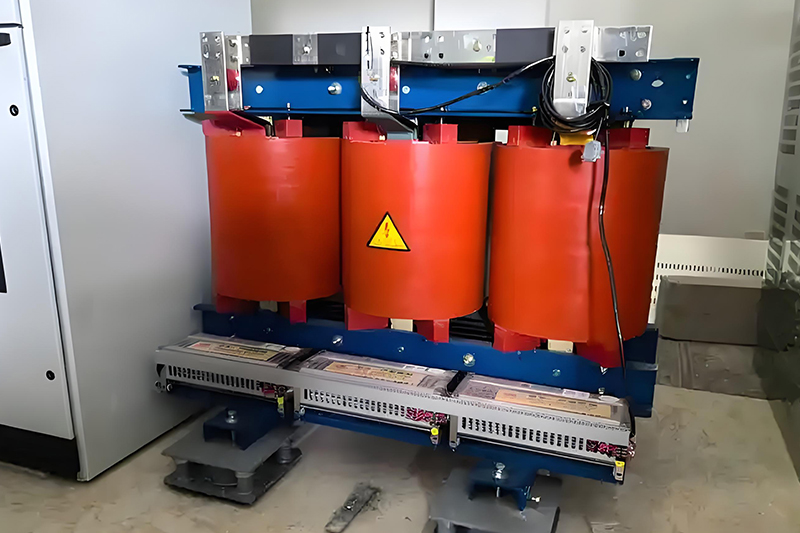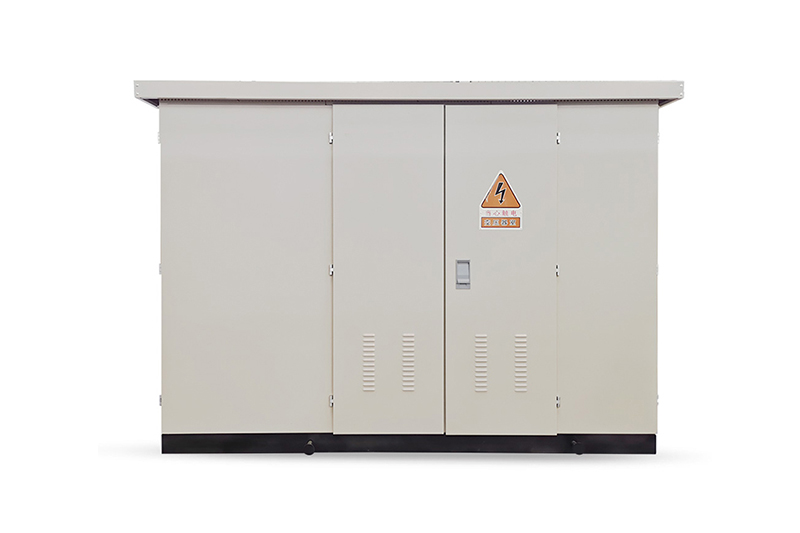Dry-Type Transformer Manufacturers Share Practical Tips on Voltage Regulation
Time:2025-09-15 Auther:ZTelec-www.ztelectransformer.com
In power distribution systems, the output voltage of a transformer is not always constant. It fluctuates with input voltage variations and load current changes. Excessively high or low voltage can damage electrical equipment and affect production efficiency. Overvoltage accelerates insulation aging and may burn out motors, bulbs, or electronic devices. Undervoltage causes malfunction, insufficient motor starting torque, overheating, and reduced reliability. Therefore, maintaining transformer output voltage within a specified range (commonly ±5%) through proper regulation is critical for safe and stable power supply.

Core Methods of Transformer Voltage Regulation
1. Off-Excitation Voltage Regulation (Power-Off Adjustment)
Off-excitation regulation requires a complete power outage. The tap changer usually provides 3–5 fixed gear positions for adjustment. Although simple, it is widely used in distribution transformers. Before operation, protective measures such as insulation testing and grounding must be performed. After selecting the proper tap, measure and confirm good contact of the tap changer.
2. On-Load Voltage Regulation (Automatic Adjustment)
On-load regulation allows voltage adjustment without interrupting power supply. It supports automatic control, making it essential for applications with strict voltage requirements, such as hospitals, data centers, and industrial plants. Operators should monitor whether the number of tap changes is abnormal and regularly check insulating oil quality to ensure reliable performance.
Principle of Transformer Voltage Regulation
The fundamental principle of voltage regulation is based on the ratio of winding turns. Transformer output voltage changes when the number of primary or secondary turns is adjusted, according to the formula:
V₁ / V₂ = N₁ / N₂
Where V₁ is the primary voltage, V₂ is the secondary voltage, and N₁ and N₂ are the number of winding turns. More turns on the primary winding increase voltage, while fewer turns reduce it. This principle is the basis for both off-excitation and on-load regulation techniques.

Practical Voltage Regulation Techniques
1. Off-Excitation Voltage Regulation Techniques
Before adjusting, confirm the transformer is fully de-energized, then connect the ground wire. Refer to the tap changer nameplate, which indicates available voltage settings (e.g., 10.5kV, 10kV). Follow the guideline “higher tap for higher voltage, lower tap for lower voltage.”
If secondary voltage is too low: decrease the transformation ratio, reduce primary turns, and select a lower tap setting.
If secondary voltage is too high: increase the transformation ratio, increase primary turns, and select a higher tap setting.
After adjustment, measure winding DC resistance to confirm three-phase balance and reliable tap contact before re-energizing the transformer.
2. On-Load Voltage Regulation Techniques
Modern systems often use Automatic Voltage Control (AVC) to monitor bus voltage and adjust taps in real time. Operators should ensure AVC is functioning properly, track tap change frequency, and watch for unusual switching activity, which may indicate reactive power imbalance. Regular oil analysis is necessary, as arcing during switching can produce gases like acetylene and hydrogen, signaling possible faults. Additionally, normal tap operations produce a clear sound; dull or abnormal sounds may indicate mechanical problems that require immediate inspection.
3. General Operation Guidelines and Common Misconceptions
When voltage is abnormal, do not rush to adjust taps. First, check for sudden load changes, power supply line faults, or malfunctioning reactive power compensation. For transformers operating in parallel, ensure all units are on the same tap position to avoid circulating currents and overheating. Finally, maintain detailed operation logs, recording the time, personnel, original and new positions, and reason for adjustments. Accurate records are crucial for future troubleshooting and maintenance.
Voltage regulation is a fundamental skill for transformer operation and maintenance. Both off-excitation and on-load regulation methods play critical roles in stabilizing output voltage, protecting equipment, and ensuring efficiency. By mastering transformer voltage principles, applying proper regulation techniques, and following best practices, dry-type transformer manufacturers and operators can significantly improve the stability and reliability of power systems, supporting safe operation across industrial, commercial, and residential applications.




